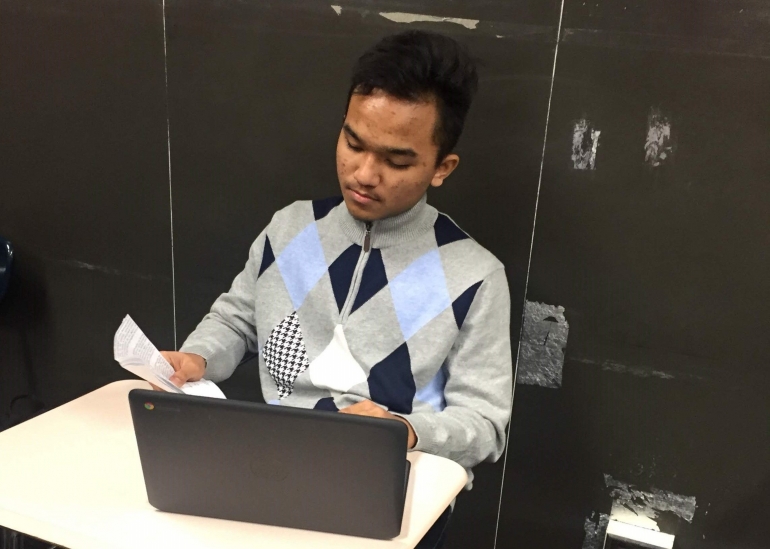Pomodoro sets aside time for focusing on a specific task and rewards you with small chunks of time to be used for short breaks. There are six steps in the original technique:
- Decide on the task to be done.
- Set a timer for 25 minutes.
- Work on the task.
- End work when the timer rings and put a checkmark on a piece of paper.
- If you have fewer than four checkmarks, take a short break (3--5 minutes), then go to step 2.
- After four pomodoros, take a longer break (15--30 minutes), reset your checkmark count to zero, then go to step 1.
Gather Your Accounts
Learning online will likely require you to use technology and tools that you have not encountered in traditional, in-person learning environments or may not be familiar to you in your work environment. As we have discussed in previous modules, planning is critical for successful online learning. This holds true for planning your technology.
Ideally before you begin an online course, organize all the technology required. This information should be provided to you in the course syllabus or other materials provided by the instructor or institution where you are learning.
- Accounts and Applications. You may need to download and install video conferencing software for live lectures, such as Zoom, Webex, BlueJeans or Shindig. Do this well before the first lecture so you have enough time to create an account (if necessary) and test the software. Course assignments may need to be uploaded to a cloud service, such as Google Drive, Dropbox or Microsoft OneDrive. Make sure you have the required account details (username and password) or access information in advance of an assignment deadline. Your university or employer may also use a learning management system (LMS) for delivering online learning, such as Canvas, Blackboard, Moodle, or Sakai. Make sure you have the required account details (username and password) and that you are enrolled in the correct title and section of the course or courses.
- Hardware. Collect and keep handy any power cords, USB cables and extra devices like a computer mouse, keyboard you may need. If possible, store these items in the same place you have designating for studying.
- WiFi vs Wired. If possible, minimize your reliance on wifi by using an ethernet cable. It is also good practice to download course materials to work on assignments offline in case you lose your internet connection or have limited bandwidth. Many online courses and platforms work on mobile (i.e. phone, tablet), too, but others do not. Have a plan for Internet access.
Learning Strategies: Self-regulation and Learning
Metacognitive Strategies
As we have previously discussed, staying motivated and on task while learning online can be difficult without the structure of an on campus course schedule or regular, live interaction with peers and instructors. Perhaps even more so than in traditional, in-person learning environments, to achieve your goals in an online learning environment you need to employ strong self-regulation learning strategies.
Self-regulation refers to the ability to regulate one's thinking and actions. We demonstrate self-regulation when we consider our thought processes and behaviors, and adjust our thinking and actions to achieve desired outcomes.
Self-regulation is a broad topic, but in this module we will focus on three processes you can apply to improve learning: metacognitive, motivational and behavioral. These are key components not only for successful learning, but can apply to any goal or challenge you face in life.
Metacognition is an awareness and understanding of one's own thought process. Applied to learning, it means being aware of and intentional about how you think and learn, and involves planning, monitoring and evaluating your learning progress.
The process starts by assessing what you know and what you don't know, planning for how you are going to do to learn what you don't know, and then evaluating your learning progress and making necessary adjustments.









